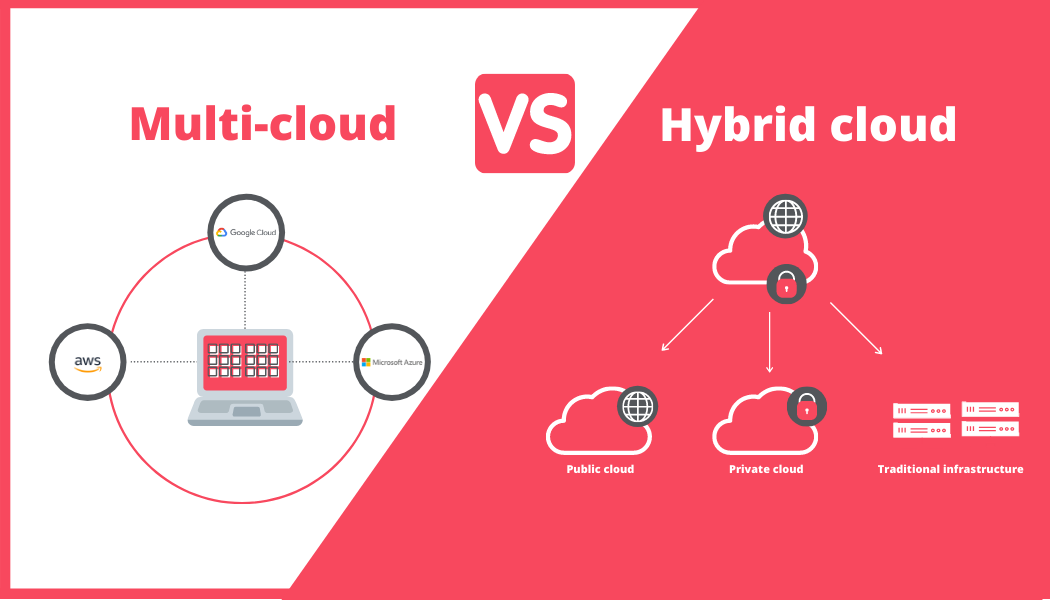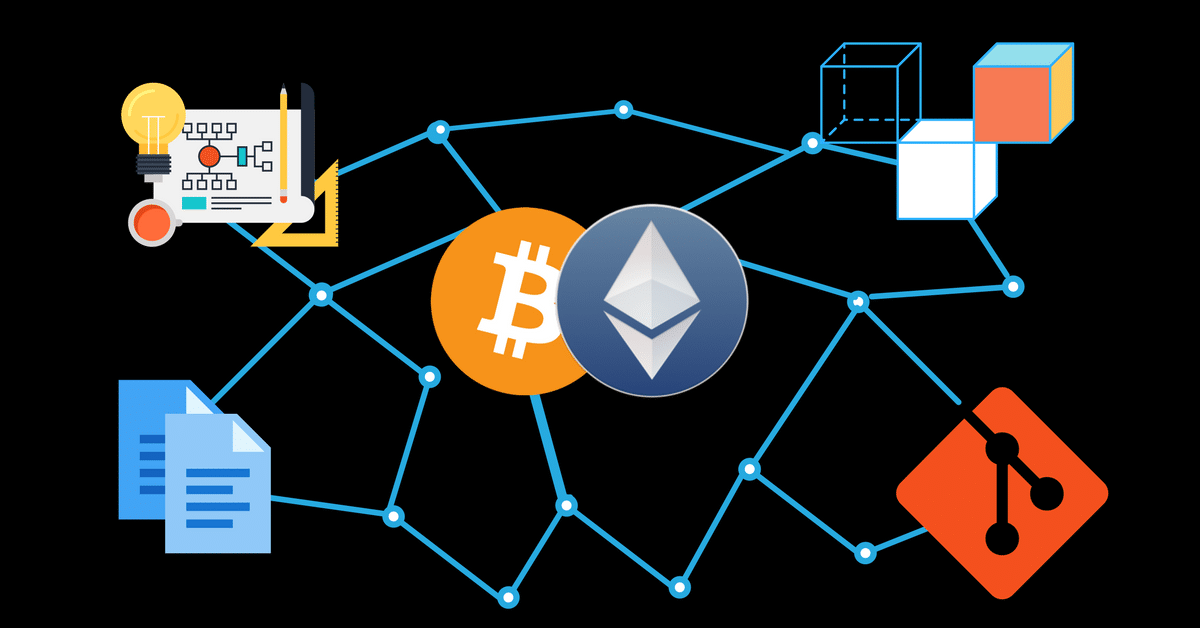Organizations in today’s data-driven environment collect massive amounts of data from many sources. It has resulted in the growth of various data storage solutions, such as data lakes and data warehouses. While both are used for data storage and analytics, their structure and function differ vastly.
A data lake system stores vast amounts of raw data in its original format for exploration and analytics. Meanwhile a data warehouse, on the other hand, is a consolidated repository of an organization’s most critical data that is structured and arranged expressly for queries and analysis.
Let’s learn more about them as this blog post will compare data lakes vs. data warehouses in-depth and learn how to select the best data storage solution.
Understanding Data Lakes
Data lakes refer to centralized repositories that allow you to store massive amounts of raw data in its native format without a predefined data schema. Data in a lake can be structured, semi-structured, or unstructured. It typically supports file formats like CSV, JSON, XML, etc. Data lakes are best for exploratory analysis and ad-hoc querying. They provide flexibility to store vast amounts of raw data for future use without worrying about data structure. It makes data lakes very useful for long-term data retention and new analytics as and when required.
Use cases of Data Lakes.
Here are some common use cases of Data Lakes:
- Store all raw data from various sources like weblogs, social media, sensors, etc., in its native format. It provides a single repository for all raw data.
- To gain insights, perform exploratory analysis and ad-hoc queries on large volumes of raw and diverse data.
- Support multiple data processing frameworks like Spark, Hadoop, Hive, etc., to analyze structured and unstructured data.
- Enable data scientists/analysts to discover easily, access, and experiment with different types of raw data.
- Retain raw data for the long term to enable future analytics use cases as new questions emerge.
- Facilitate self-service business intelligence and analytics by providing easy access to data for lines of business.
- Integrate with data visualization tools to generate interactive dashboards and reports from raw datasets.
- Allow machine learning model training by providing easy access to large unlabeled datasets.
- Serve as a staging area to select, transform, and load cleansed data into downstream data warehouses.
Exploring Data Warehouses
A data warehouse is a consolidated repository that houses an organization’s most significant and relevant data for reporting and analysis. It solely saves structured data from sources such as databases and data lakes. Before loading, data in a warehouse is cleaned, transformed, and modeled to meet the demands of the business. It features a predetermined structure and data model for simple querying and analytical joining. Data warehouses are designed for query processing rather than raw data storage. They give business analysts access to integrated, historical data for reporting, dashboards, and analytics.
Use cases of Data Warehouses.
Here are some key use cases of data warehouses:
- Provide a single view of critical data from multiple sources to support enterprise-wide reporting and analysis.
- Enable the creation of KPI dashboards, performance reports, and metrics for leadership teams.
- Support ad-hoc querying and drilling down of data for exploratory analysis by business users.
- Power online analytical processing (OLAP) for multidimensional analysis and slicing/dicing of data.
- Facilitate predictive analytics and forecasting by analyzing patterns and trends from historical data.
- Assist data scientists/analysts by providing clean, integrated datasets for building predictive models.
- Generate performance and comparison reports by analyzing data over specific periods.
- Help compliance/auditing by providing historical data for tracking changes, activity logs, etc.
- Drive data-driven decision-making with insights drawn from queries on centralized historical data.
- Integrate with business intelligence and analytics tools for interactive visualization of KPIs, metrics, and data distribution.
Differentiating Data Lakes and Data Warehouses
Here are the key differences between data lakes and data warehouses in a table:
| Parameter | Data Lake | Data Warehouse |
| Purpose | Raw data storage for exploration & future use | Clean structured data for querying & analysis |
| Data Structure | Stores all raw data as-is in native format | Stores only clean structured data in schema |
| Data Types | Supports structured, semi-structured & unstructured data | Supports only structured data |
| Querying | Supports ad-hoc queries for exploration | Optimized for predefined queries & reports |
| Schema | No predefined schema, self-describing data | Strictly enforced schema & data model |
| Usage | Exploration, experimentation & future analytics | Reporting, OLAP, dashboards & predictive modeling |
| Performance | Not optimized for queries | Optimized for queries & aggregations |
| Governance | Less governance as stores raw data | Strict governance on data quality & structure |
| Storage | Supports large volumes of raw data | Stores only relevant historical data |
| Examples | Weblogs, sensors, social media etc. | Sales, inventory, customer etc. |
Choosing the Right Data Storage Solution
There are several factors to consider when deciding between implementing a data lake or a data warehouse. The primary considerations are the type of data, intended usage, and analytics requirements.
- A data lake is preferable for large volumes of raw and diverse data from multiple sources. It allows storing data in its native format without worrying about structure. A data warehouse works better for smaller cleansed datasets requiring predefined schemas.
- The kind of analytics also plays a role. A lake is better for ad-hoc queries, exploration, and future-proofing data. Whereas predefined reporting, OLAP, and predictive modeling favor a warehouse.
- Other factors include data volumes, growth rate, and whether data needs to be accessed by various groups. Warehouses are suitable for smaller controlled access, while lakes support decentralized access.
- Cost is another decision driver. Lakes have lower initial costs but higher long-term storage costs. Warehouses have higher setup costs but are optimized for performance.
- Organizations must evaluate their unique needs to determine if they require a single source of truth like a warehouse or flexible access to raw data through a lake.
Find the Perfect Fit For Your Business With Mindfire Data Experts
While data lakes and warehouses function as centralized data repositories, their structure, usage, and purpose differ greatly. A data lake is best suited for exploratory data analysis and future-proofing, whereas a data warehouse is better suited for integrated querying and reporting on clean historical data. The best option is determined by an organization’s specific analytics and business objectives. A hybrid model integrating both may be utilized to optimize benefits in many circumstances. Data kinds, volumes, and usage scenarios must be carefully evaluated for the best solution. Mindfire Experts are here to guide your business to the right data repository by analyzing your requirements and evaluating your goals. Visit our website today and connect with the team to share your expectations and get a revolutionized transformation strategy!






